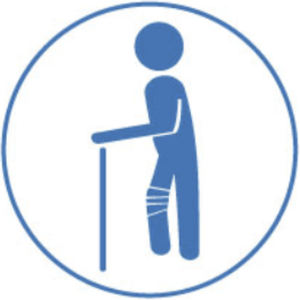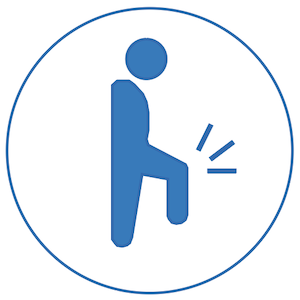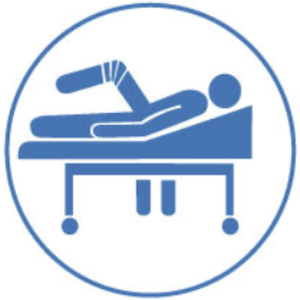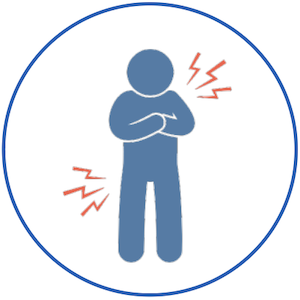Opioid Free Alternatives to Pain Relief
Opioids are medications prescribed by health care professionals to treat acute and chronic pain. People use these drugs to treat persistent headaches, chronic backaches, and pain associated with cancer. Opioids are useful for children and adults who hurt or injure themselves seriously in falls, car crashes, or any other accidents.
Research shows that over 10.3 million people in the United States misused opioids between 2018 and 2019. According to the National Institute on Drug Abuse, approximately 128 people in the U.S die every day due to opioids’ overdosing. A report published by the CDC states that the total economic burden of opioid misuse in the country is $78.5 billion a year.
The most common side effects of opioids for pain treatment include physical dependence, increased pain sensitivity, constipation, dry mouth, nausea, vomiting, dizziness, sleepiness, confusion, stress, depression, and anxiety. Physical dependence and drug addiction are clinical concerns, which prevent proper prescription and lead to inadequate pain management.
On the other hand, Multi-wave Locked System (MLS) laser therapy is an alternative and opioid-free treatment used for different types of pain, including back pain, neck pain, knee pain, sciatica, lumbar spine discomfort, arthritis etc. A growing body of research evidence shows that MLS laser therapy offered by OrthoLazer can alleviate inflammation, discomfort and pain.
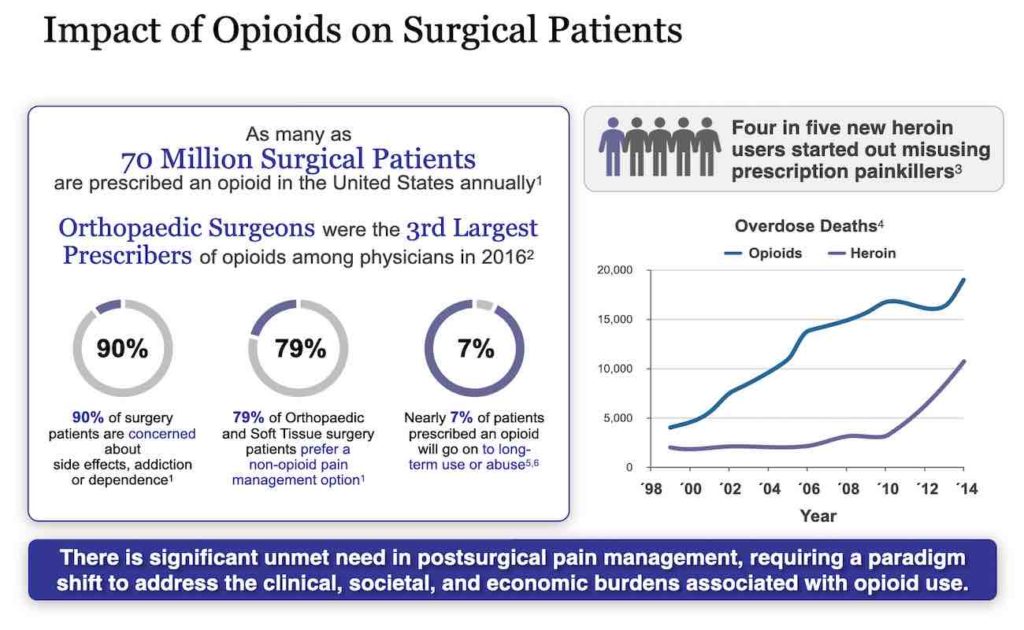
How Do Opioids Work?
Opioids attach to brain cell receptors and slow the transmission of pain messages to the central and peripheral nervous systems. The receptors are usually located on the brain’s nerve cells, spinal cord, digestive system, and other parts of your body.
When the drug attaches itself to the proteins or receptors, it blocks the pain messages sent from other organs of the body through the peripheral nervous system to the central nervous system.
While opioids can effectively relieve discomfort and pain, they carry a wide range of risks, including high dependence on the drug. Addiction risk is increased when people use opioids to manage chronic or long-term pain.
Besides opioids, research shows that over-the-counter (OCT) drugs and NSAIDs, including aspirin, ibuprofen, and acetaminophen can cause serious side effects. For example, gastrointestinal problems and heart attack are severe adverse effects of opioids when used for a long time.
Because opioids lead to dependence and addiction, the rehabilitation can cost you a lot of money. Although the cost varies depending on the hospital or clinic healthcare plans, research shows that the average cost of opioid drug rehabilitation ranges from $5,000 to $80,000.
What is MLS Laser Therapy?
MLS laser therapy uses both 808-nanometer and 905-nanometer wavelengths simultaneously. The 808-nanometer wavelength is delivered with continuous emission, and the 905-nanometer wavelength is delivered through pulsed emission.
MLS uses two different wavelengths to overcome the limits of conventional Class-IV laser therapies. Traditional therapy does not delivery two wavelengths in a synchronized fashion, leading to less penetration depth.
Continuous laser wavelengths act quickly on inflammation, stimulate blood and lymphatic circulation to induce fluid re-absorption. These emissions also have a secondary effect on pain, which is relieved after reducing the inflammatory processes.
Pulsed laser emissions have an immediate effect on pain because these wavelengths induce analgesic effects and interfere with pain transmission impulse to the brain. However, these wavelengths are less effective in treating edema and inflammation.
Because MLS therapy is the combination of continuous and pulsed emissions, it treats both inflammation and pain. The biological action of MLS laser results from stimulating mitochondrial, membranous, and epithelial transport mechanisms in the body.
As a result, the cells release vasodilating chemicals, stimulate DNA and RNA synthesis, trigger enzyme production, and increase superoxide dismutase activity. Likewise, the laser allows the cells to normalize their pH and increase ATP production that triggers intracellular healing mechanisms to relieve inflammation and pain.
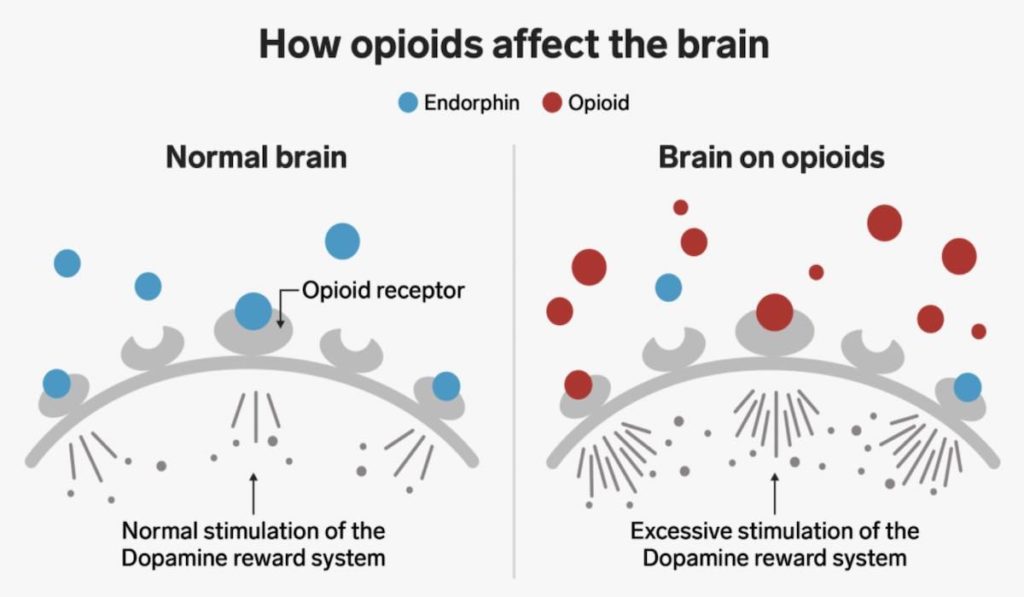
Why MLS Laser Therapy is a Good Alternaive?
Albert Einstein proposed the theoretical foundation of laser in the early 1900s. However, Dr Endre Mester used low-level laser for medical purposes in 1967 for the first time. Studies showed that low powers of laser were beneficial in pain management and acceleration of the body’s recovery.
The low laser doses provided non-invasive and non-drug inflammation reduction and pain relief. The FDA has approved low-level laser and MLS laser therapy for a wide range of medical conditions.
MLS laser therapy is a validated alternative for individuals seeking pain relief without taking opioids and having surgery. More than 400 randomized clinical trials and studies have published the benefits of laser therapy. MLS laser therapy can treat various medical conditions, such as:
Conditions Treated
MLS laser therapy offered by OrthoLazer in Newburgh is an innovative and patented approach developed to reduce discomfort, inflammation, edema, and pain. It exceeds the limits of low-power and high-power laser therapy.
The technology involves delivering therapeutic wavelengths that allow tissues to absorb the light and create an energetic synergy. As a result, the waves produce effective anti-inflammatory and analgesic effects on the cells. The purpose of MLS laser therapy is to reduce the risk of thermal damage.
The multi-wave locked system has a unique combination of continuous and pulsed emissions that penetrates deep in the tissues to trigger the pain-relieving cellular mechanisms.
The synchronization of these pulsed and continuous emission make MLS therapy more effective than other types of Class-IV lasers. A 2017 Randomized Placebo-Controlled Trial found that MLS laser therapy in combination with physical therapy exercises increased functional activity by decreasing pain with a few months of treatment.
Although opioids are widely used drugs to treat inflammation and pain, they can cause many adverse effects, such as high-dependence, addiction, nausea, stress, anxiety, etc. The average cost of opioid-based treatment is $115 per week or $5,980 per year.
On the other hand, MLS laser therapy is an innovative technique used to treat inflammation, edema, pain, and other disorders. It is a non-invasive and non-drug treatment for pain that does not cause any side effects. The cost of MLS laser therapy ranges from $25 to $80 per session, making it more effective and affordable alternative to opioid pain relief.
Contact Us Today
Get in touch with the team at OrthoLazer in Newburgh, NY today to discuss your questions and health issues to discover if OrthoLazer’s M8 Robotic Laser Therapy is the correct treatment for your needs.
We can then book you in to see our specialist pain relief physician at our Newburgh practice that can personalize the program for your specific needs, begin the pain relief process which will have significant impact on improving your quality of life.
Contact OrthoLazer Newburgh
OrthoLazer Center
5020 Rte 9W
Newburgh, NY 12550
(845) 787-4084
Email Us
Hours
Monday: 8 am to 5 pm
Tuesday: 8 am to 5 pm
Wednesday: 8 am to 5 pm
Thursday: 8 am to 5 pm
Friday: 8 am to 5 pm
Saturday: Closed
Sunday: Closed

